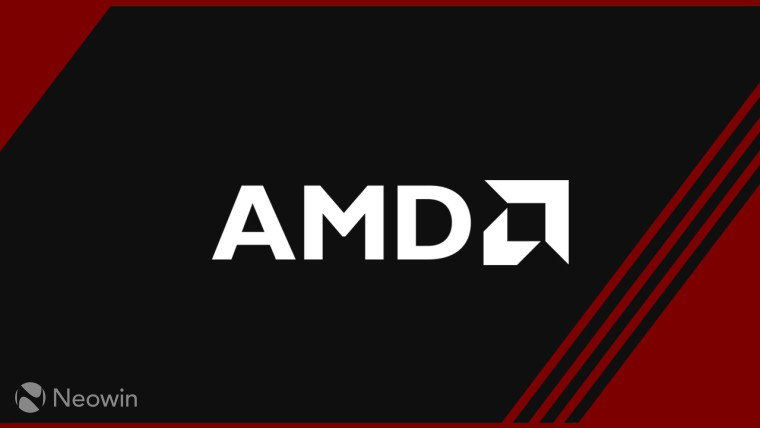Soldato
- Joined
- 14 Aug 2018
- Posts
- 3,592
Not sure what cooling you're using but mine was easy to cool when testing with my D15 and even under load was in the 80's, though my normal cooling is a AFII 420mm and it barely if ever leaves the 70's.Yikes 1.394V all core workload. No way to cool that on the best air coolers which are the dual tower ones with 120 to 140mm fans like NH-D15 and Dark Rock pro 3 and similar ones.
I imagine you must have insanely good AIO or custom loop water cooling for that.
Neverminded if you also have the 16 e-cores (4 clusters of 4 each which is like the same space of 4 extra P cores as 1 e-core is like same die space as 4 P cores) on which is another 35% power and heat added. You must have insane cooling for that.
Also as has been mentioned many times the best way to set these up for gaming is to leave E-cores on and disable HT which is the way I have mine.
Adaptive voltage is always the way to go and right now while typing this I'm using 0.75v.
 (you'll notice the idle 7800X3D power usage is probably double that of your raptorlake CPU, mine is)
(you'll notice the idle 7800X3D power usage is probably double that of your raptorlake CPU, mine is)


 I stopped using P95 or Y-Cruncher etc for CPU stability testing years ago. If you are going to use a program then you're much better off using Realbench as that also stresses the GPU subsystem at the same time as the CPU so it is much more realistic to gaming performance.
I stopped using P95 or Y-Cruncher etc for CPU stability testing years ago. If you are going to use a program then you're much better off using Realbench as that also stresses the GPU subsystem at the same time as the CPU so it is much more realistic to gaming performance. (no pun intended!)
(no pun intended!)

